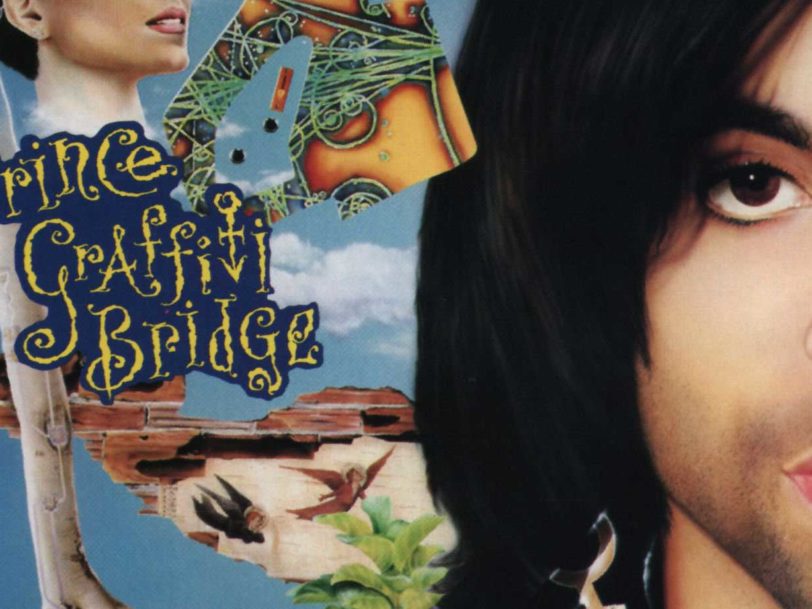Prince’s refusal to repeat himself resulted in one of the most artistically creative and commercially successful runs in the history of music – and also meant that, at the peak of his fame, he was confident enough to confound expectations and move in an entirely new direction. Purple Rain may have made him a star in 1984, but it took him six years to revisit that world. By the time he came to film its sequel, Graffiti Bridge, Prince was entering both a new decade and another significant reinvention. But while the Graffiti Bridge film may not have performed as he had hoped, its soundtrack album proved more impactful, serving as a goodbye to one era while also hinting at what lay ahead for Prince in the 90s.
Listen to ‘Graffiti Bridge’ here.
“One of the most spiritual, uplifting things I’ve ever done”
The disappointing response to the film Prince made after Purple Rain, Under The Cherry Moon, initially left Warner Bros reluctant to back a third cinematic venture, while also teaching Prince that he “can’t direct what I didn’t write”. With Graffiti Bridge, then, he worked the script up himself. Initially starting life in 1987, at which time Madonna was approached to take on the lead female role, it was only after Prince’s gargantuan success with the Batman soundtrack, in 1989, that Warners green-lit the project – under the condition that Prince reconvene the original line-up of The Time, the protégé act that, fronted by the charismatic Morris Day, had disbanded immediately after Purple Rain wrapped.
Revisiting the battle-of-the-bands storyline that had given much of the Purple Rain movie its narrative thrust, Prince – assuming the role of an older, spiritually adrift Kid – once again pitted himself against Day, this time over ownership of the Glam Slam nightclub, a fictional version of a real-life venue Prince would soon open in Minneapolis. With new love interest Aura (Ingrid Chavez) helping to guide his enlightenment, The Kid would find spiritual salvation – and claim full ownership of his club – by the end of the movie.




